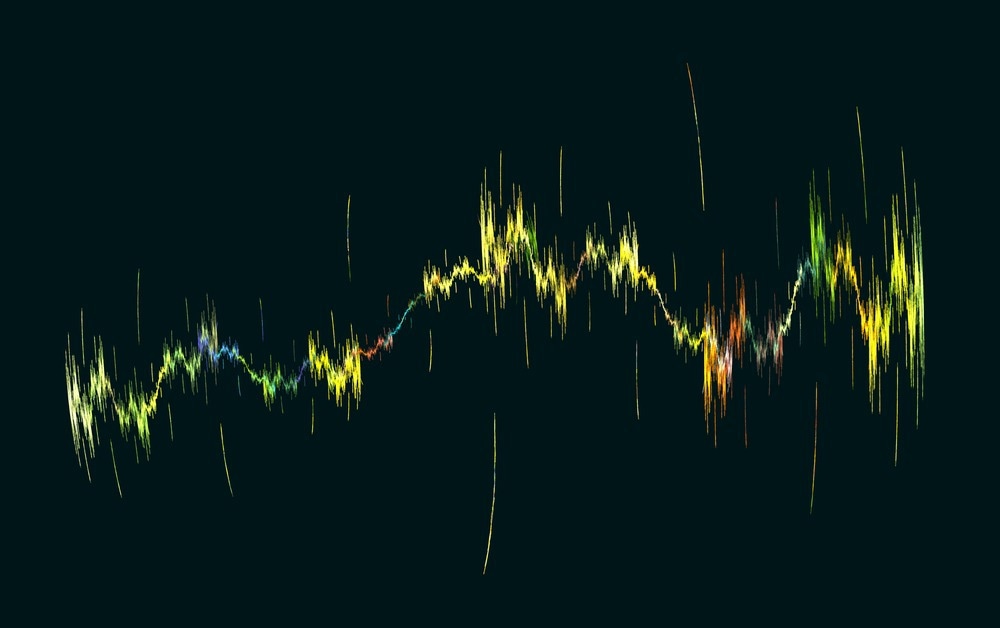A new laser-based optical measurement system cuts the signal-to-noise ratio in recordings down to record levels, and human ears can hear the difference.

Image Credit: visibleimpression/Shutterstock.com
Since the COVID pandemic began, the practice of working from home and holding meetings and conferences across the internet has burgeoned. While many things are returning to a sense of somewhat normalcy, businesses and individuals have now realized the conveniences of such practices.
However, one of the main drawbacks to hosting meetings across the internet is a loss of sound quality due to signal interference known as “noise”.
Users of hearing aids or cochlear implants also frequently experience difficulty with the so-called signal-to-noise ratio in loud and traditional noisy environments.
Even with sophisticated microphones, this effect at some level remains due to the intrinsic difficulty in taking any measurement in science. Even with the most sensitive technology, some “noise” remains at a quantum level.
That means quantum physics could have an answer to this problem. Researchers are turning to the physics of the subatomic world to improve sound quality, reduce the signal-to-noise ratio, and ultimately create increasingly impressive quantum microphones.
One example is a team of researchers from the University of Stuttgart, Germany, who have developed a laser microphone that uses the quantum effects of light to bring the signal-to-noise ratio down to record lows.
The team’s research was published in the journal PRX Quantum.
More Sound, Less Noise
Laser-based technology currently seems to be the best bet for high-sensitivity microphones. This is because a microphone functions by using the displacement of membranes, and lasers can be used to measure this displacement on a minute scale.
The German team — led by the Institute of Physics researcher Florian Kaiser — took a laser microphone that is currently used for industrial machinery monitoring and attempted to make it more sensitive by reducing the amount of electrical noise present during measurements.
Previous attempts to use entangled photons and quantum correlations to measure tiny displacements delivered a better signal-to-noise ratio but suffered due to large overheads in both experimental set-up and data processing.
Discussing his team’s work, the author Kaiser explains that this delivers measurement rates of a few data points per second, at most. When considering the recording of sound, this requires thousands of data points per second to reconstruct the waveform.
To address this, they replaced the classical laser at the heart of this system with specially-adapted quantum light to create a quantum optical displacement sensor that is simple, robust, and operates below the classical noise limit at sampling rates up to 100 kHz.
This system improved the signal-to-noise ratio by 0.57 decibels.
However, the team didn’t stop here. They wanted to show that their system was useful in the real world.
Testing a Quantum Microphone
In order to test the usefulness of the high measurement rate they had achieved, the research group placed a loudspeaker in front of their membrane. This played over 26,000 words from a speech recognition test that is medically approved.
They recorded the resultant displacement of the membrane with both a classic laser and their improved quantum optical sensor, revealing the signal-to-noise ratio was indeed improved.
The team didn’t end their testing there either. Perhaps mindful of the fact that the devices they seek to improve have human end-users who sometimes depend on them every day, they took their system to a local hospital.
Here they made use of the facilities research department which included a calibrated sound studio environment to use the recordings to conduct a speech recognition test with 45 patients as subjects.
Of the subjects, the researchers say that 71 percent reported an improvement in sound quality in the quantum microphone recordings over the other recordings. The team adds the patients understood words correctly at a 0.57 dB reduced sound pressure level.
While these subjects are the first humans to experience the benefits of a quantum microphone, the team intends to share the privilege very shortly. They are planning to construct a compact version of the system which can be toured at conferences and exhibitions.
The team also sees potential applications for their system in the imaging of light-sensitive biosamples in which it is important to use as little light as possible to gain a sharp image.
More from AZoQuantum: Can Quantum Phenomena Solve the Mystery of Consciousness?
Sources
Kaiser. F., Nold. R., Babin. C., Schmidt. J., et al, [2022], ‘Quantum Optical Microphone in the Audio Band,’ PRX Quantum, [https://journals.aps.org/prxquantum/abstract/10.1103/PRXQuantum.3.020358]
Kaiser. F., [2022], ‘Quantum microphone lets humans hear the advantage of quantum technologies,’ Science X Dialog, [https://sciencex.com/news/2022-06-quantum-microphone-humans-advantage-technologies.html]
Disclaimer: The views expressed here are those of the author expressed in their private capacity and do not necessarily represent the views of AZoM.com Limited T/A AZoNetwork the owner and operator of this website. This disclaimer forms part of the Terms and conditions of use of this website.